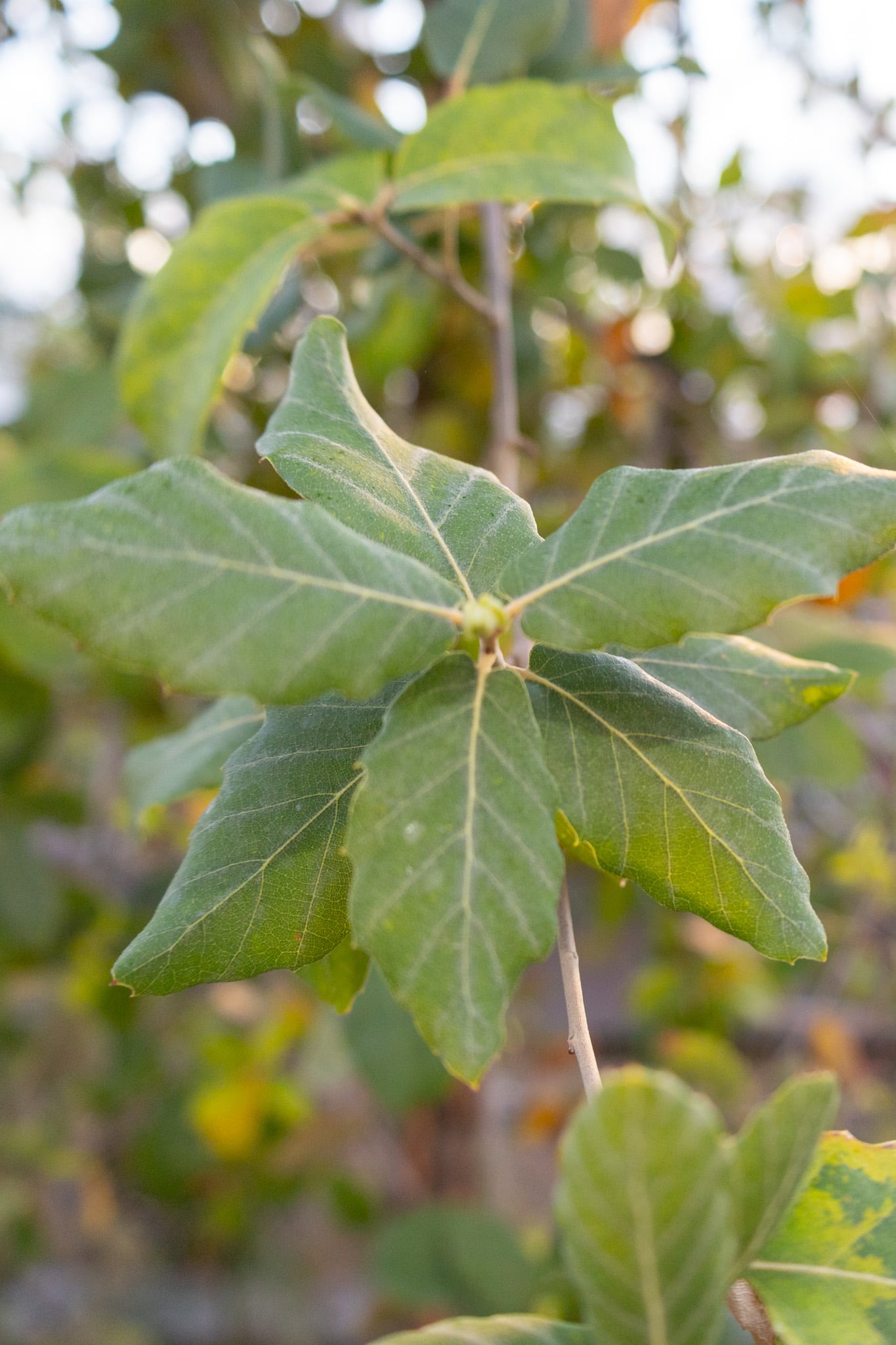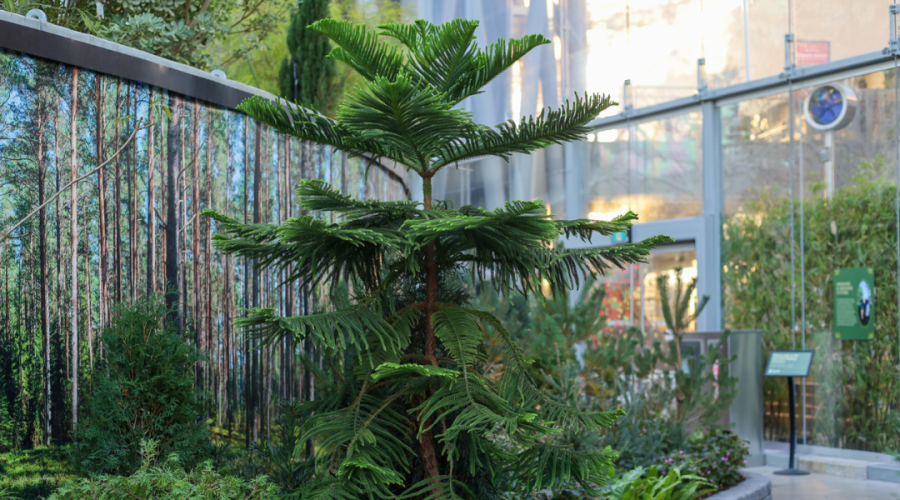With the holiday season just around the corner, you may be looking for ways to celebrate while still taking care of our planet. One thing you can do is participant in our cork recycling program.
We collect natural cork bottle stoppers from visitors at Wild Things Unique Gifts at the Zoo entrance that are recycled through the ReCork recycling program. We also collect corks from our restaurants, Gather Craft Kitchen & Bar and the Park Café.
Recycling corks is a small but important part of our waste management system and commitment to sustainability. The waste sector represents 5 per cent of Manitoba’s greenhouse gas emissions. Organic materials like cork rot very slowly without oxygen and produce methane, a greenhouse gas that locks in 25 times more heat than carbon dioxide. Recycling corks can reduce the demand for cork, the amount of cork being harvested, and therefore the number of corks ending up in the landfill.
Another way we recycle cork bottle stoppers is by using them for animal enrichment at the Zoo! Natural cork is safe for animals to play with or nibble on, and using corks in this way allows us to provide stimulating environments for our animals while also reducing the need to buy new products.


Natural cork comes from the cork oak, also known as the Quercus suber. The cork oak is from western and central Mediterranean, where it is found in the forests and open woodlands of Portugal, Italy, France, Spain, and Algeria. Unlike the oaks we have here in Manitoba, the cork oak is a broadleaf evergreen tree that does not drop all its leaves. They can grow 10 to 15 meters tall!
If you visit our cork oak in the Mediterranean Biome, try touching its bark. The lighter bark feels spongey, just like a wine cork.
Cork oaks need to be a minimum of 25-30 years old before they can be harvested. Our cork oak in the Mediterranean Biome is about 8 to 9 years old.
During the harvest, the tree remains standing while the bark is cut and peeled from the tree. The first bark is called male or virgin cork and because it is very hard, irregular, and of lower quality, it is mostly used in insulation or flooring. The trees are harvested by hand every 9 to 11 years after the first debarking, and after the third debarking, the best quality cork will be gathered and used for wine corks and textiles.



Fun Fact: The bark on cork oaks can get up to 12 inches thick!
Harvesting the cork does not harm the tree. A harvested cork oak stores up to five times more carbon than an unharvested tree, utilizing the additional carbon in the regeneration of its bark each year. Because of this process, cork oak forests account for 10 million tons of CO2 absorption.
Next time you visit us, recycle your natural cork bottle stoppers at Wild Things Unique Gifts here at Assiniboine Park and Zoo!





